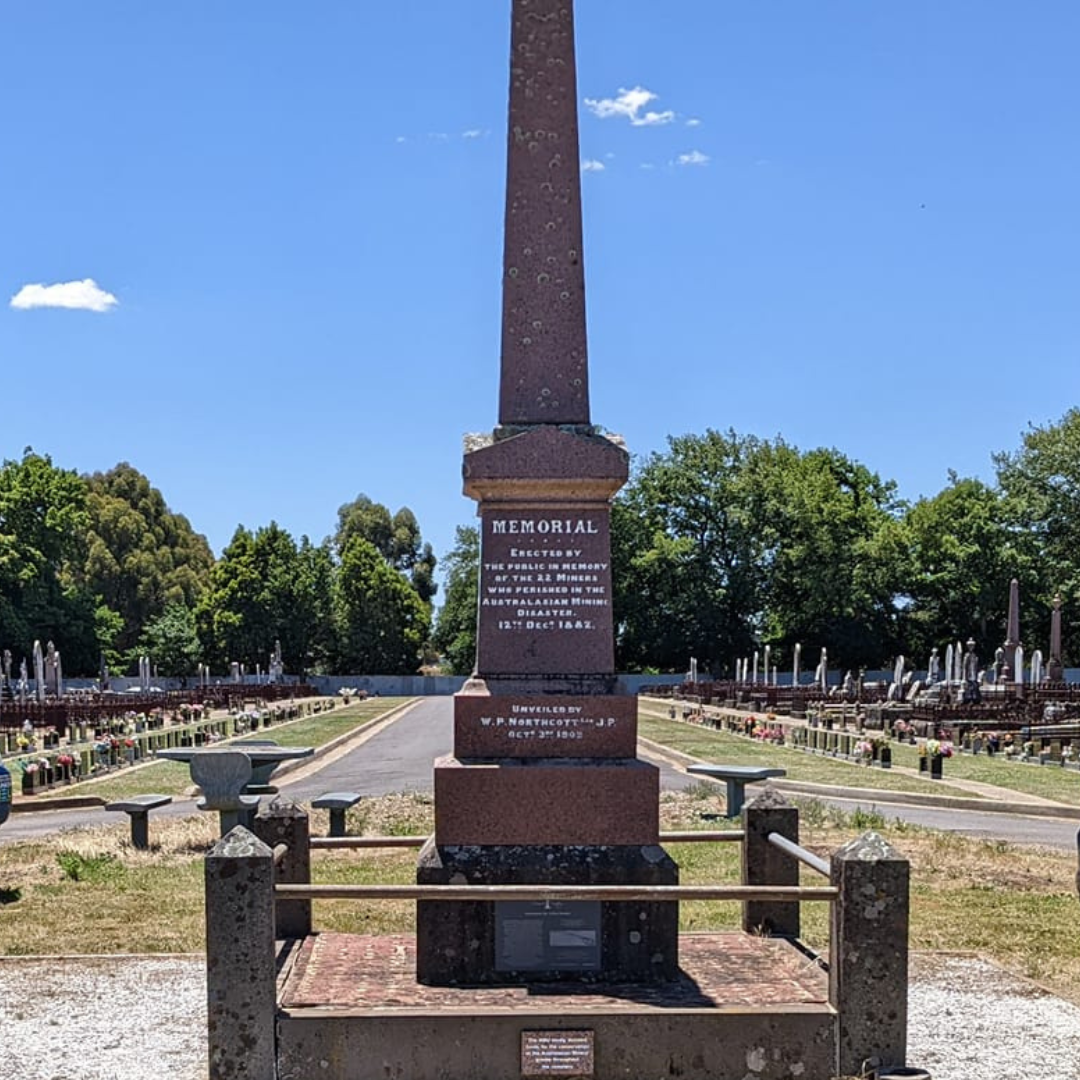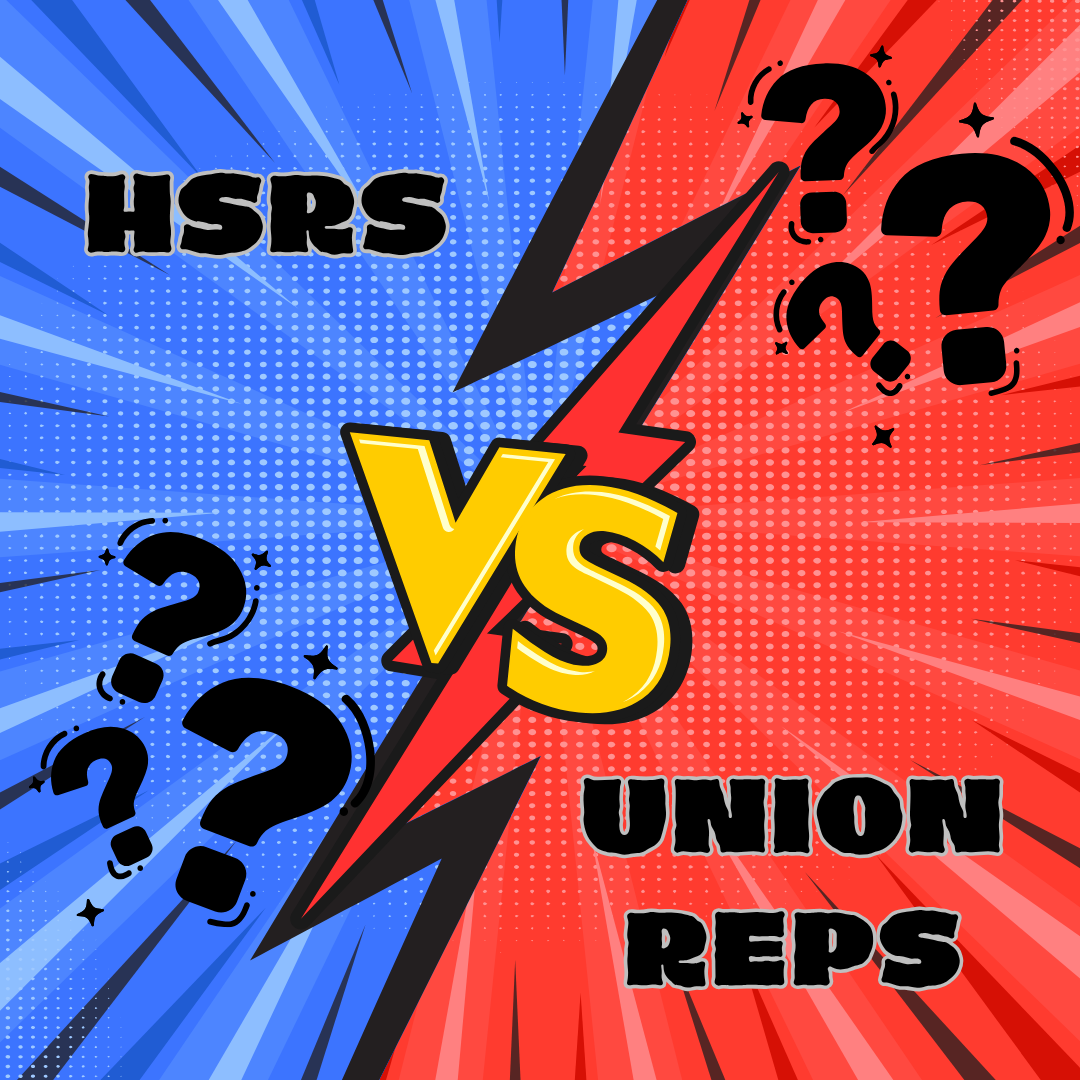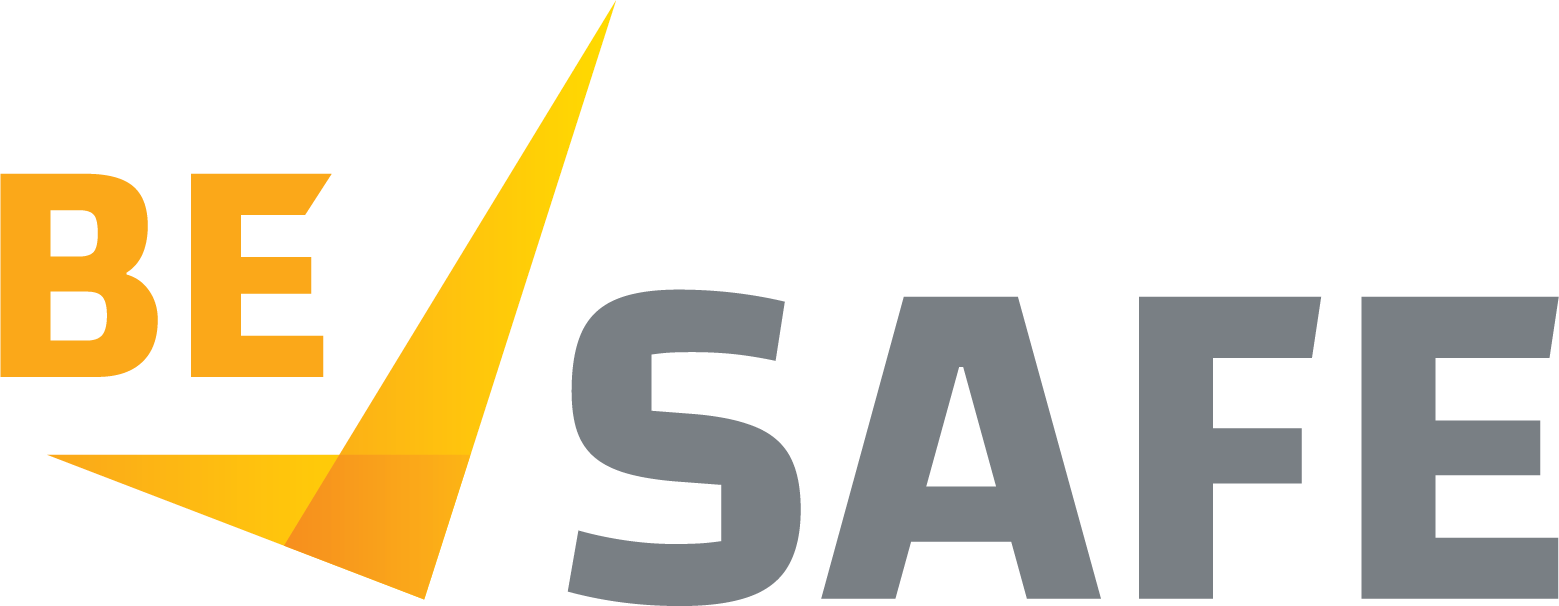A Safe and Healthy Work Environment is a Human Right.
admin • November 3, 2024
Last week, on 30th October 2024, the Australian Government ratified the International Labour Organisation (ILO) Conventions relating to Workplace Health and Safety.
This follows a landmark event in 2022, when the ILO recognised a safe and healthy work environment as a fundamental right at work. It became the 5th Workplace Human Right:
- freedom of association and the effective recognition of the right to collective bargaining;
- the elimination of all forms of forced or compulsory labour;
- the effective abolition of child labour;
- the elimination of discrimination in respect of employment and occupation; and
- a safe and healthy working environment.
Find out more about the ILO declaration and the latest changes at:
ILO Declaration on Fundamental Principles and Rights at Work | International Labour Organization

On 12 th December 1882, Creswick became the location of a mining disaster which holds, to this day, the record for the deadliest mine disaster in Australia’s history. There were 41 men who were on shift on the night of the 11 th December working in the New Australasian No.2 Gold Mine. They descended 250 feet (76m) from the surface and then made their way a further 2000 feet (600m) to the face where they were mining. It was at 5.30am the next morning when a working shaft came too close to an older flooded parallel shaft – resulting in water flooding into the newer working part of the mine. 27 miners became trapped, but were able to reach a small air pocket in a space known as the No.11 jump-up. Here they stayed trapped for 2-3 days. They wrote messages on their crib pails to their families and sang together and prayed. The rescue mission involved 2 days of frantic pumping of the floodwaters and Navy divers hurried from the ship HMVS Cerberus to help. By the time they were reached, after 3 days, 22 men had succumbed to the rising water levels and drowned. Only 5 of the 27 made it out alive. When the funeral was held, there were many thousands in attendance – 400 people marched in the procession and another 15,000 onlookers lined the streets. At this time there was no such thing as workers compensation to help the 18 wives and 63 children who were left behind. So, the community set up a relief fund to assist the families. This would be the birth of workers compensation in Australia. The Creswick Mine Disaster highlighted the need for better safety regulations in mining operations. It would remain the largest loss of life in a workplace incident in Australia for nearly 90 years, when The West Gate Bridge Collapsed in 1970. For more information on the Creswick Mining Disaster Australasian Mining Disaster | Creswick Museum List of the Dead Christian Frederick Fisher (55) Wittenburg, Germany James Carmoody (53) County Clare, Ireland George Baulcomb (52 & 10 months) Maidstone, Kent, England Nathaniel Trescowthick (45) Cornwall, England Michael Hayes (45) Ireland John Gower (44) Lyminge, Kent, England William Curtis (42) Gwennap, Cornwall, England James Minahan (38) County Clare, Ireland William Tregloan (37 & 6 months) Marazion, Cornwall Edward Campon Dargon (36) Kilkenny, Ireland Anton Andersson (36) Christianstada, Finland John Henry Crougey(35) Stithians, Cornwall, England James Mitchell Temby (35) Redruth, Cornwall, England James O’Shea also known as James Walsh (34years & 11 months) County Waterford, Ireland Carl Waldemar Theodor Serrurier (34) Berlin, Prussia Thomas Penbertha Chegwin (31) Redruth, Cornwall, Ireland Abraham Wyatt (31) Adelaide, South Australia Jabez Bellingham (28) Worcestershire England Benjamin Bowen Bellingham (21) Happy Valley, Victoria. John Tom Clifton (27) Gainsborough, Lincolnshire, England Edward Wood (26) Oldham, Lancashire, England John Thomas Hodge (18) Creswick Survivors Peter Maloney John Manley died 25/1/1924 Tom Corbett died 31/5/1935 Creswick Cornelius Quirk died Feb. 1922 Milawa Patrick Bowen died 26/3/1909 Creswick

When it comes to workplace safety, one role often misunderstood is that of the Health and Safety Representative (HSR) . Many people assume HSRs are the same as union representatives — but that’s not the case. While both roles aim to protect workers’ interests, their focus, powers, and responsibilities are quite different. What Is an HSR? An HSR is a worker elected by their peers to represent their health and safety interests . They are chosen from within a designated work group and act as a direct link between workers and management on safety matters. Under the Occupational Health and Safety Act 2004 (Vic) , HSRs have specific powers, such as: Inspecting the workplace for hazards. Accompanying WorkSafe inspectors during visits. Requesting the formation of a health and safety committee. Issuing Provisional Improvement Notices (PINs) Importantly, HSRs do not negotiate pay, conditions, or other industrial matters — their role is purely about health and safety. How They Differ from Union Representatives Union representatives (or delegates) are appointed or elected to represent workers on a wide range of workplace issues, including wages, rosters, and employment conditions. They may also support members in disputes or negotiations with employers. While an HSR can be a union member — and unions often provide training and support to HSRs — the position itself is independent of union affiliation . You don’t need to be in a union to be elected as an HSR, and you don’t automatically become a union rep by taking on the role. Why the Distinction Matters Confusing the two roles can lead to misunderstandings in the workplace. For example: Employers might wrongly assume HSRs are pushing a union agenda, when in fact they are fulfilling legal safety duties. Workers might hesitate to raise safety concerns with an HSR if they are not themselves a union member, due to confusion about their role. By recognising that HSRs are safety advocates, not industrial negotiators , workplaces can foster more open, constructive conversations about keeping everyone safe. Bottom line: In Victoria, HSRs are there to represent their co-workers on OHS matters, helping to make sure your workplace is safe. Whether you’re in a union or not, you can elect an HSR. This is a key way to ensure that consultation is occurring and that you have a conduit through which to raise health and safety concerns. Remember: HSRs = Safety advocates under the OHS Act. Union Reps = Industrial advocates under workplace laws. So, it is important to know that you can (and have a legislated right to) elect an HSR at your workplace whether or not you work in a unionised workplace. All workplaces will benefit from having elected HSRs and safety structures in place – AND this has been proven to result in safer workplaces. Not sure how to elect an HSR? Reach out to us at admin@besafevictoria.com.au


